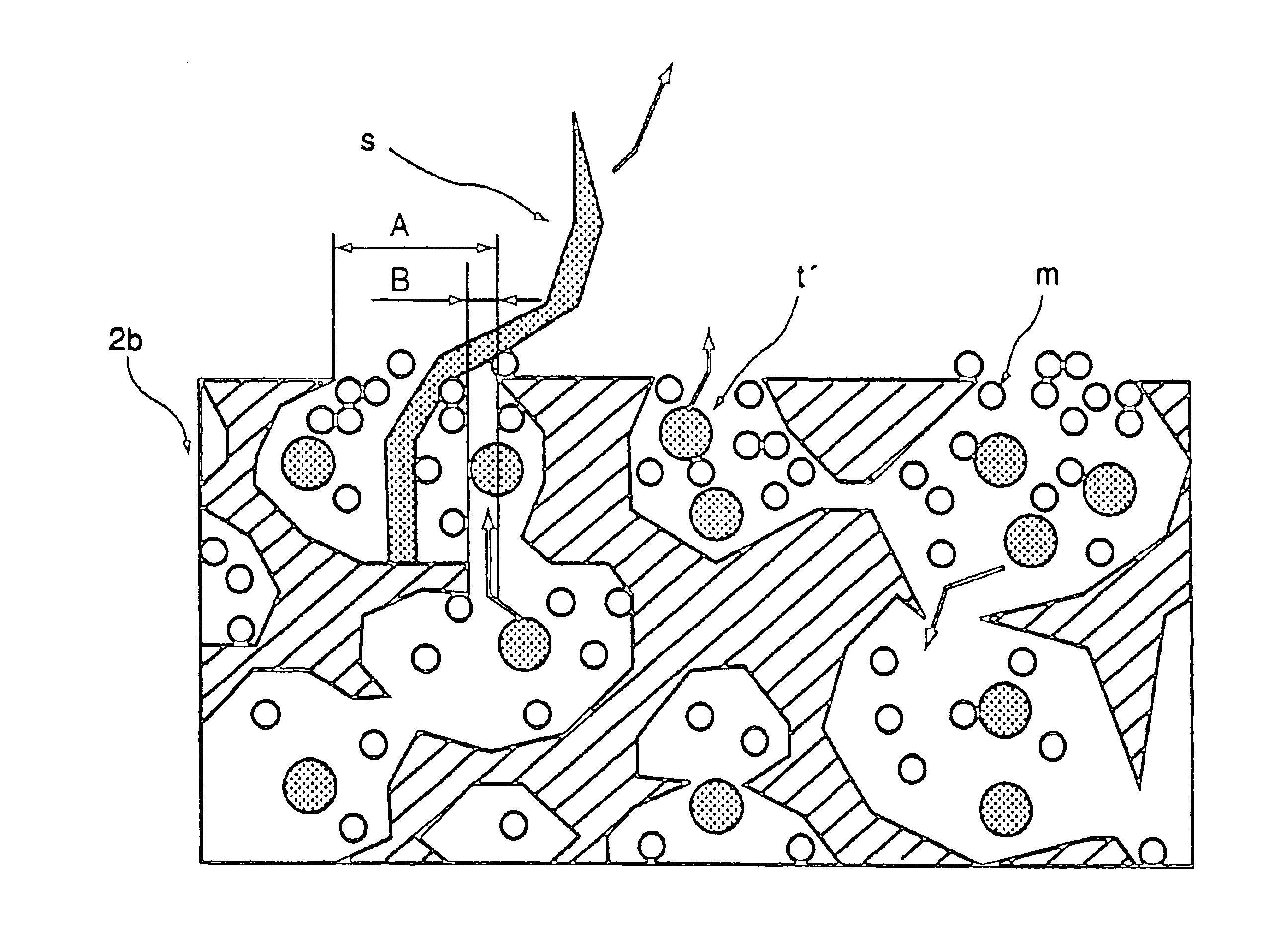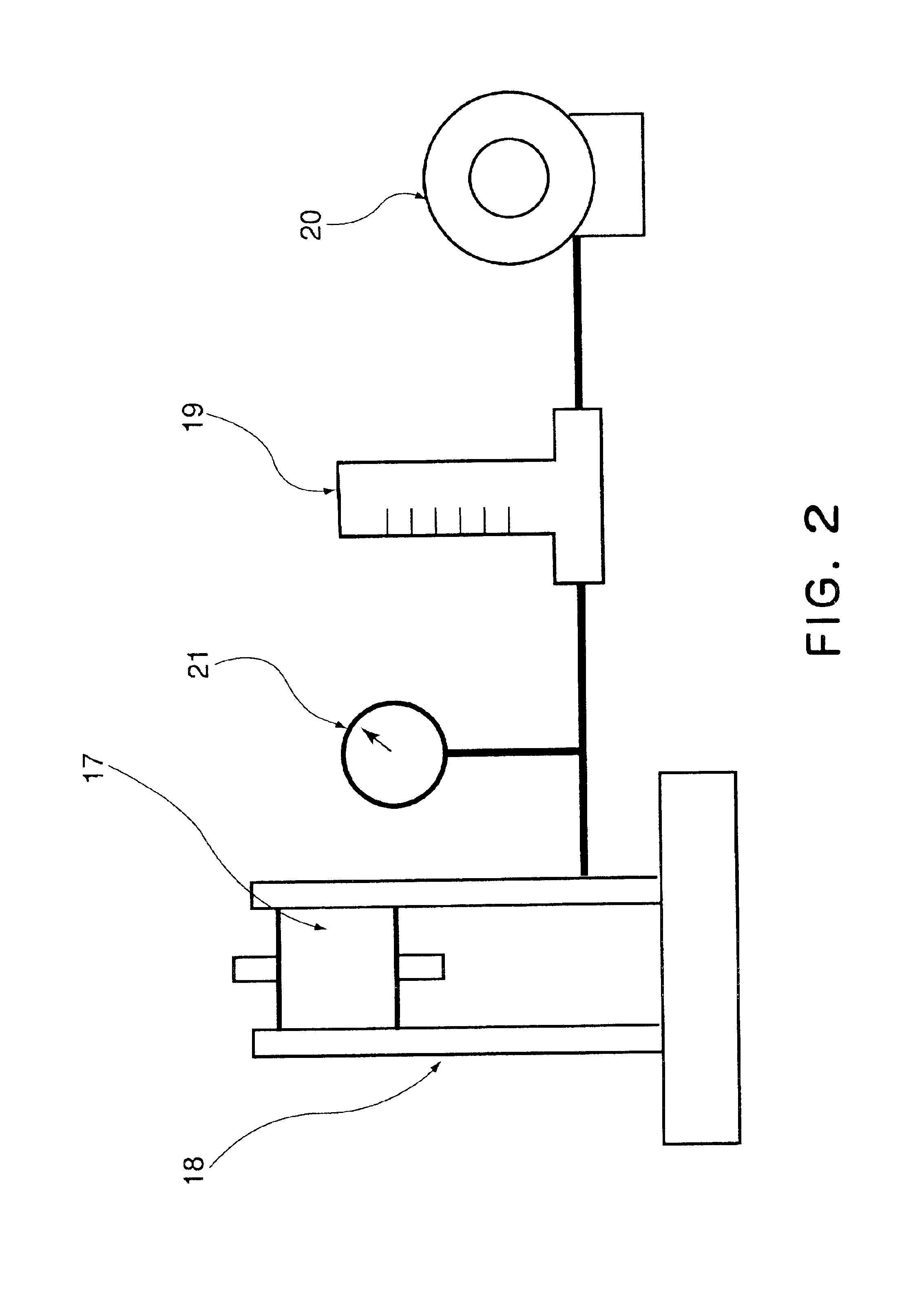Charging member having an elastic foam member including cell portions whose gap ratio is 5% to 50%, charging apparatus, process cartridge, and image forming apparatus having such charging member
a charging member and foam member technology, applied in the direction of charging apparatus, corona discharge, instruments, etc., can solve the problems of inability to get around the problems, in principle, the inability of the electrical-discharge-based charging mechanism to leave any byproduct, and the inability to discharge byproducts, etc., to achieve satisfactory charging performance and satisfactory images
- Summary
- Abstract
- Description
- Claims
- Application Information
AI Technical Summary
Benefits of technology
Problems solved by technology
Method used
Image
Examples
embodiment 1
(Embodiment 1)
[0067]FIG. 1 is a schematic sectional view of a typical image forming apparatus equipped with a charging member or a contact charging apparatus in accordance with the present invention, for showing the general structure thereof.
[0068]The image forming apparatus in this embodiment is a laser printer (recording apparatus) which employs a transfer-type electrophotographic process, a process cartridge mounting / dismounting system, and a contact charging system.
(1) General Structure of Printer
[0069]Reference numeral 1 stands for an object (image bearing member) to be charged. In this embodiment, it is a negatively chargeable organic photoconductive member (negative photoconductive member, which hereinafter will be referred to as a photoconductive drum), which is in the form of a rotational drum with a diameter of 30 mm. This photoconductive drum 1 is rotationally driven at a peripheral velocity (process speed: PS; printing speed) of 50 mm / sec in the clockwise direction indic...
PUM
| Property | Measurement | Unit |
|---|---|---|
| pressure | aaaaa | aaaaa |
| particle sizes | aaaaa | aaaaa |
| volume resistivity | aaaaa | aaaaa |
Abstract
Description
Claims
Application Information
 Login to View More
Login to View More - R&D
- Intellectual Property
- Life Sciences
- Materials
- Tech Scout
- Unparalleled Data Quality
- Higher Quality Content
- 60% Fewer Hallucinations
Browse by: Latest US Patents, China's latest patents, Technical Efficacy Thesaurus, Application Domain, Technology Topic, Popular Technical Reports.
© 2025 PatSnap. All rights reserved.Legal|Privacy policy|Modern Slavery Act Transparency Statement|Sitemap|About US| Contact US: help@patsnap.com



